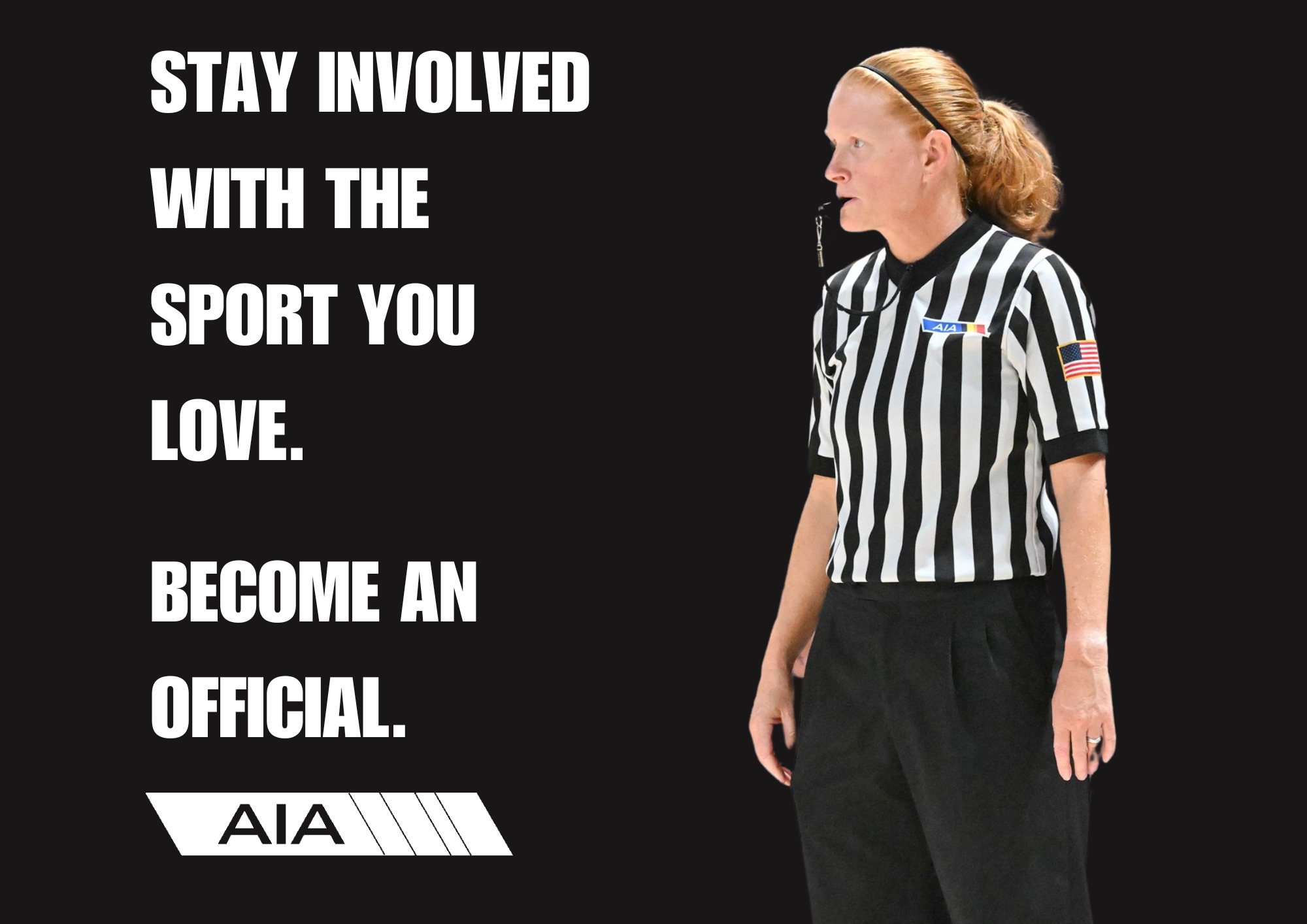New definition for damaged bats highlights high school softball rules changes
June 29, 2019 by Seth Polansky, AZPreps365

INDIANAPOLIS, IN (June 27, 2019) —A new definition for a damaged bat is one of three high school softball rules changes for the 2020 season.
The three rules changes recommended by the National Federation of State High School Associations (NFHS) Softball Rules Committee at its June 10-12 meeting in Indianapolis were subsequently approved by the NFHS Board of Directors.
A damaged bat will now be defined as a bat that was once legal, but is broken, cracked, dented, rattles or has sharp edges that might deface the ball (Rules 1-5-1, 7-4-2, 2-4-3).
Previously, a damaged bat was considered an illegal bat, with the penalty being an out when the batter entered the batter’s box. Now, damaged bats are simply removed from the game without penalty.
“This rule defines damaged bats and distinguishes them from non-approved and altered bats,” said Sandy Searcy, NFHS director of sports and liaison to the NFHS Softball Rules Committee. “The committee clarified the course of action that should be taken when a damaged bat is discovered in the game.”
Additionally, in Rule 1-5-1, the USA Softball All Games certification mark is now acceptable on bats. The new mark is in addition to the current ASA 2000 and ASA 2004 certification marks. Bats must bear one of these three marks and must not be listed on USA Softball’s Non-Approved Bats With Certification Marks, a list that is available on www.usasoftball.com.
“Bats bearing the 2000 and 2004 certification marks are still permissible, provided they meet specifications in Rule 1-5-1 and do not appear on USA Softball’s Non-Approved Bats with Certification Marks list,” Searcy said.
Another rules change is an adjustment to Rule 6-1-1 regarding fast-pitch pitching regulations. Pitchers must now take a position with the pivot foot in contact with the pitcher’s plate. Previously, pitchers were required to have the pivot foot on or partially on the top surface of the pitcher’s plate.
“The change allows for different styles of pitching and permits them to place their feet where pitchers feel most comfortable,” Searcy said. “The rule now clarifies that part of the foot must simply be in contact with the pitcher’s plate.”
The final change is a tweak to Rule 9-1-1 involving the scoring of runs. Under Exception “C,” a run is not scored when the third out is obtained by a preceding runner who is declared out on an appeal play. Previously, the rule only covered runners who were declared out for failing to touch one of the bases.
“There are two types of appeal plays that can be affected in this exception: failing to touch one of the bases and leaving the base too soon on a fly ball that is caught,” Searcy said. “The previous rule did not include both scenarios. The use of the phrase ‘a runner who is declared out on an appeal play’ addresses both situations.”
According to the 2017-18 NFHS High School Athletics Participation Survey, there are 367,861 girls participating in fast-pitch softball at 15,544 schools across the country, and 1,589 boys playing the sport in 35 schools.
A complete listing of the softball rules changes will be available on the NFHS website at www.nfhs.org. Click on “Activities & Sports” at the top of the home page and select “Softball.”
This press release was written by Luke Modrovsky, a 2019 summer intern in the NFHS Publications/Communications Department. He is a senior sports management and communication studies student at Wilkes University in Wilkes-Barre, Pennsylvania.
###
About the National Federation of State High School Associations (NFHS)
The NFHS, based in Indianapolis, Indiana, is the national leadership organization for high school sports and performing arts activities. Since 1920, the NFHS has led the development of education-based interscholastic sports and performing arts activities that help students succeed in their lives. The NFHS sets direction for the future by building awareness and support, improving the participation experience, establishing consistent standards and rules for competition, and helping those who oversee high school sports and activities. The NFHS writes playing rules for 17 sports for boys and girls at the high school level. Through its 50 member state associations and the District of Columbia, the NFHS reaches more than 19,500 high schools and 12 million participants in high school activity programs, including more than 7.9 million in high school sports. As the recognized national authority on interscholastic activity programs, the NFHS conducts national meetings; sanctions interstate events; offers online publications and services for high school coaches and officials; sponsors professional organizations for high school coaches, officials, speech and debate coaches, and music adjudicators; serves as the national source for interscholastic coach training; and serves as a national information resource of interscholastic athletics and activities. For more information, visit the NFHS website at www.nfhs.org.
MEDIA CONTACTS:
Bruce Howard, 317-972-6900
Director of Publications and Communications
National Federation of State High School Associations
bhoward@nfhs.org
Chris Boone, 317-972-6900
Assistant Director of Publications and Communications
National Federation of State High School Associations
cboone@nfhs.org


